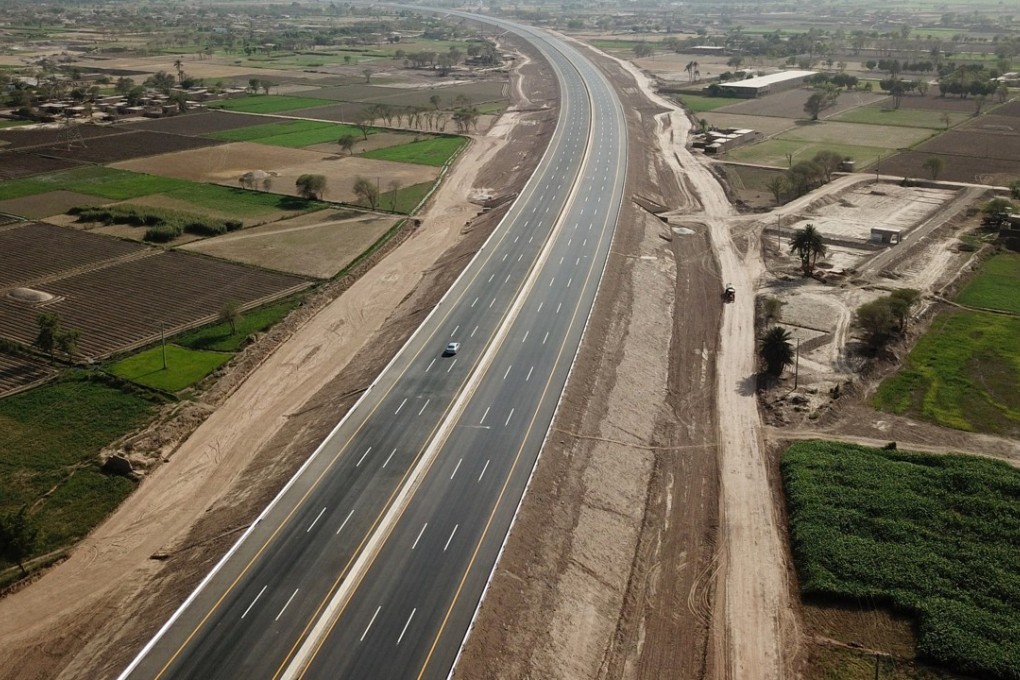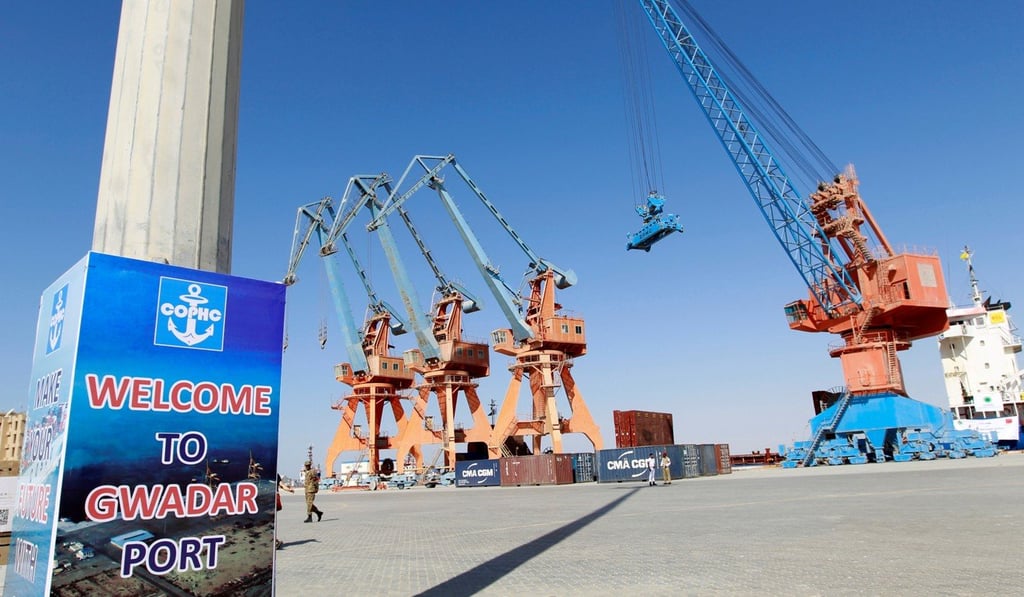Beijing has oversold benefits of US$62 billion China-Pakistan Economic Corridor, expert says
- Massive publicity of the scheme has fooled the public and media into thinking project is a success, but negative impact ‘has been ignored’, international relations expert Yang Shu says
- Economic benefit of gas pipelines from Gwadar to Xinjiang negated by cost of development

The economic and energy security benefits of a Beijing-funded investment scheme in Pakistan have been overestimated, and China’s lack of transparency about the scheme has raised tensions with India, a leading geopolitical scholar in China warned.
The US$62 billion China-Pakistan Economic Corridor (CPEC) is designed to connect China’s far west region of Xinjiang with Gwadar Port in Pakistan via a network of motorways, railways, oil pipelines and trading hubs. Expected to be finished by 2030 it would provide China with an important trading route to the Middle East and Africa.
While the CPEC has been hailed as the flagship project of Chinese President Xi Jinping’s signature “Belt and Road Initiative”, which aims to fund and develop infrastructure links across more than 80 countries, Yang Shu, an international relations expert at Lanzhou University in northwest China’s Gansu province, said the negative impact of the corridor had been largely underestimated.
“Through widespread publicity, the [Chinese] public and media have touted it as a big achievement, but I think the negative impacts of the corridor have been ignored,” he said at a seminar in Beijing.
“And the massive coverage of the ‘Belt and Road Initiative’ by domestic media, and some irresponsible remarks by scholars have created suspicion [about Beijing’s strategic intentions] in India,” he said in an assessment of the plan’s first five years.
Yang was referring to suggestions that the CPEC would give Beijing a new overland route from the energy-rich Persian Gulf to Xinjiang, and in turn resolve the “Malacca Dilemma” – a term coined by former Chinese president Hu Jintao to describe the country’s overreliance on the Malacca Strait – the main shipping channel between the Indian Ocean and the Pacific Ocean – to meet its energy needs. The route could prove even more vital in the event of a military conflict erupting in the South China Sea, where tensions between Beijing, Washington and other players have been steadily rising.
